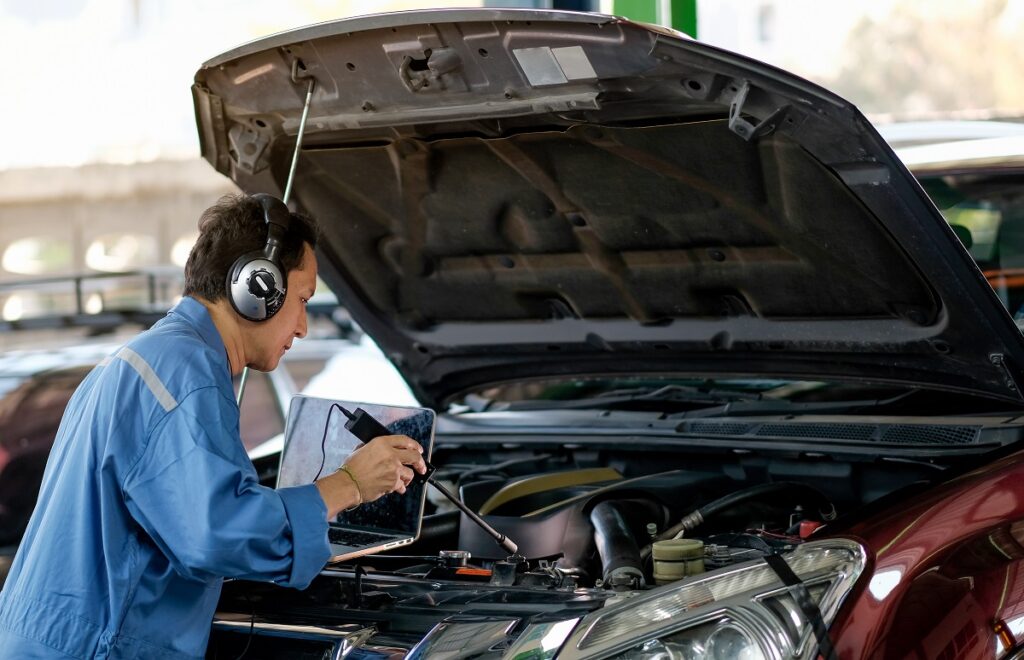As the automotive industry continues to evolve, so does the market for used car parts. Gone are the days when buying used car parts was a risky and uncertain venture. Advancements in technology, along with changing consumer preferences and environmental consciousness, have shaped the future of this industry. In this article, we will explore the exciting trends and technological advancements that are reshaping the landscape of used car parts.
Online Marketplaces and Virtual Shopping
One of the most significant trends in the used car parts industry is the proliferation of online marketplaces. E-commerce platforms have made it easier than ever for customers to browse and purchase used car parts from the comfort of their homes. These platforms offer vast inventories, competitive pricing, and user-friendly search functions, allowing customers to find the specific parts they need quickly.
Moreover, virtual reality (VR) technology is gradually being integrated into online shopping experiences. Customers can virtually inspect used car parts, check compatibility with their vehicles, and even see how the parts fit into their cars before making a purchase. This advancement enhances customer confidence and reduces the risk of ordering incompatible parts.
AI-Powered Part Matching
Artificial intelligence (AI) is revolutionizing the used car parts industry by simplifying the process of finding compatible parts. Advanced algorithms can now analyze vast databases and identify the exact part needed for a specific make and model of a vehicle. This reduces human error, speeds up the search process, and ensures greater accuracy in part matching.
3D Printing for Replacement Parts
3D printing is making waves in the automotive sector, and it’s now making its mark on the used car parts market. 3D printing technology allows for the creation of customized replacement parts, even for rare and hard-to-find components. This development can potentially bridge the gap between supply and demand for certain parts, reducing dependency on traditional manufacturing and salvaging practices.
Enhanced Quality Testing and Certification
In the past, concerns about the quality and reliability of used car parts were prevalent. However, technological advancements have enabled better quality testing and certification procedures. Reputable sellers now subject used car parts to rigorous inspection processes, ensuring they meet industry standards before being sold to customers. This gives buyers confidence in the durability and safety of their purchases.
Sustainable Practices and Environmental Consciousness
With a growing focus on sustainability, the used car parts industry is adapting to meet environmental demands. Recycling and reusing car parts help reduce waste and minimize the environmental impact of automotive repairs. Consumers are becoming more conscious of their carbon footprints, and the used parts market aligns with their eco-friendly values.
Blockchain for Authenticity and Transparency
Blockchain technology is finding applications in the used car parts market to improve transparency and authentication. By recording part histories and certifications on an immutable blockchain ledger, customers can trace the origin and condition of a used car part, ensuring its authenticity and quality.
Conclusion
The future of used car parts is bright, driven by technological advancements and changing consumer preferences. Online marketplaces, AI-powered part matching, and virtual reality inspections have revolutionized the way customers search for and purchase used car parts. 3D printing and enhanced quality testing ensure that used parts are reliable and meet industry standards.
Furthermore, the used car parts industry plays a vital role in promoting sustainability and reducing environmental impact. With the growing focus on eco-friendly practices, recycling and reusing car parts are becoming more crucial than ever.
As the automotive industry continues to embrace new technologies, the used car parts market will undoubtedly keep evolving, offering customers even better options and experiences in the years to come. Embracing these trends will allow customers and businesses to benefit from a more sustainable, efficient, and innovative used car parts market.

